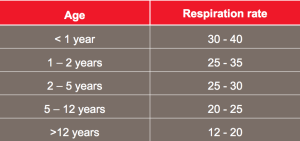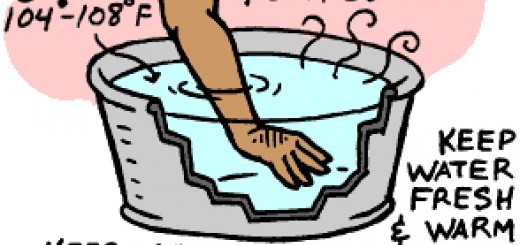How to take a respiratory rate in first aid
The respiratory rate is the number of breaths a person takes per minute. Knowing how to take a respiratory rate is an important skill for first aiders and first responders.
The rate is usually measured when a person is at rest and involves counting the number of breaths for one minute. This is often done by counting how many times the chest rises. To save time, this can be done over 30 seconds and then the result doubled however this is a less accurate method.
Respiratory rates may increase with fever, illness, and with other medical conditions. For example, an asthma attack is likely to significantly increase the respiratory rate. When checking respiratory rate, it is important to also note whether a person has any difficulty breathing or if there are any sounds during breathing (for example, a wheeze).
Normal respiratory rates
Normal respiratory rates for an adult person at rest range from 12 to 20 breaths per minute. Children have faster respiratory rates.
Top tip: An effective way to take a respiratory rate is to combine it with taking the pulse rate. Explain to the person that you are going to take their pulse for a minute. Count the pulse for the first 30 seconds, and then count the respiratory rate for the second 30 seconds. This avoids the person changing their breathing pattern subconsciously.







good advice
good advice